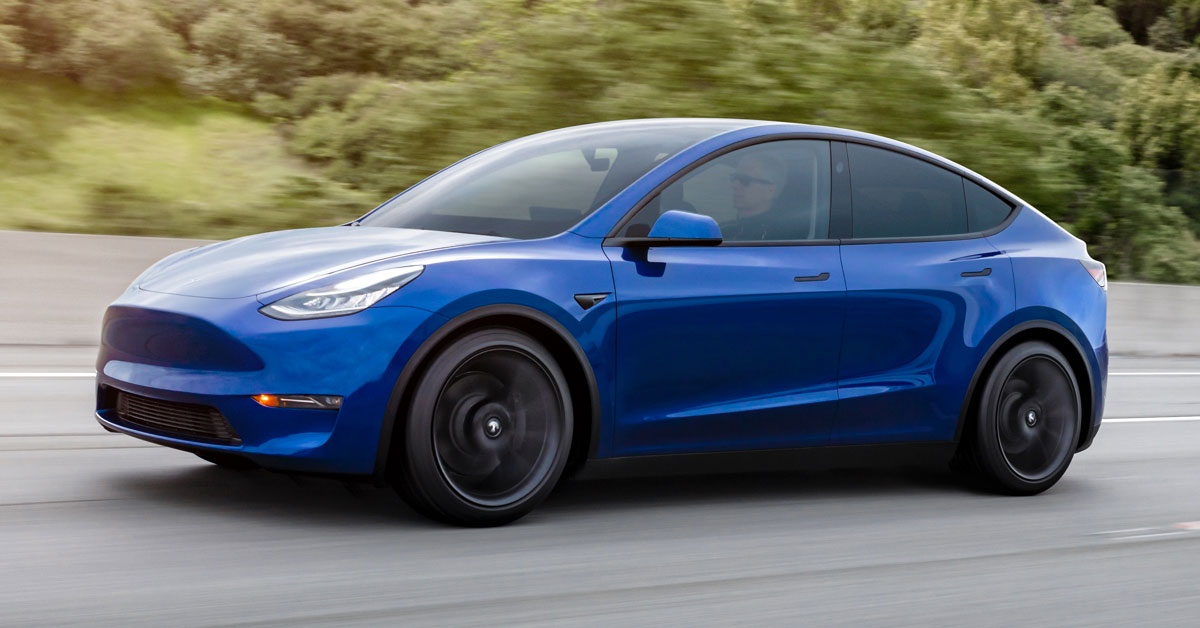JohnB007
Member
But may be after NHTSA "incidence", perhaps Tesla could offer a dumbed down version of AutoPilot so that you can (manually) flip between AP and DumbAP depending on the type of road you are on? I would be happy with this setup until FSD becomes more stable...Another guy who posts without reading any other posts
The NHTSA story was already posted here- like 3 posts above yours.
Nor is your claim based on...anything in reality...It exists in all brands of adaptive cruise, as discussed pretty exhaustively now in this very thread.
You are on a 2-lane road and a big truck approaches. You click, speed stays constant unless you have a car close right in front of you, and you take over the wheel until the truck passes by. Then you click back and continue...







